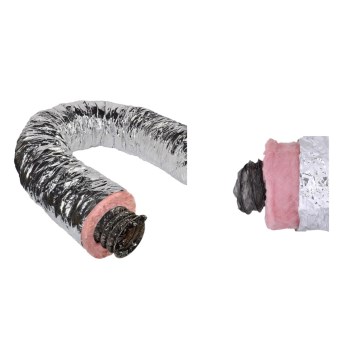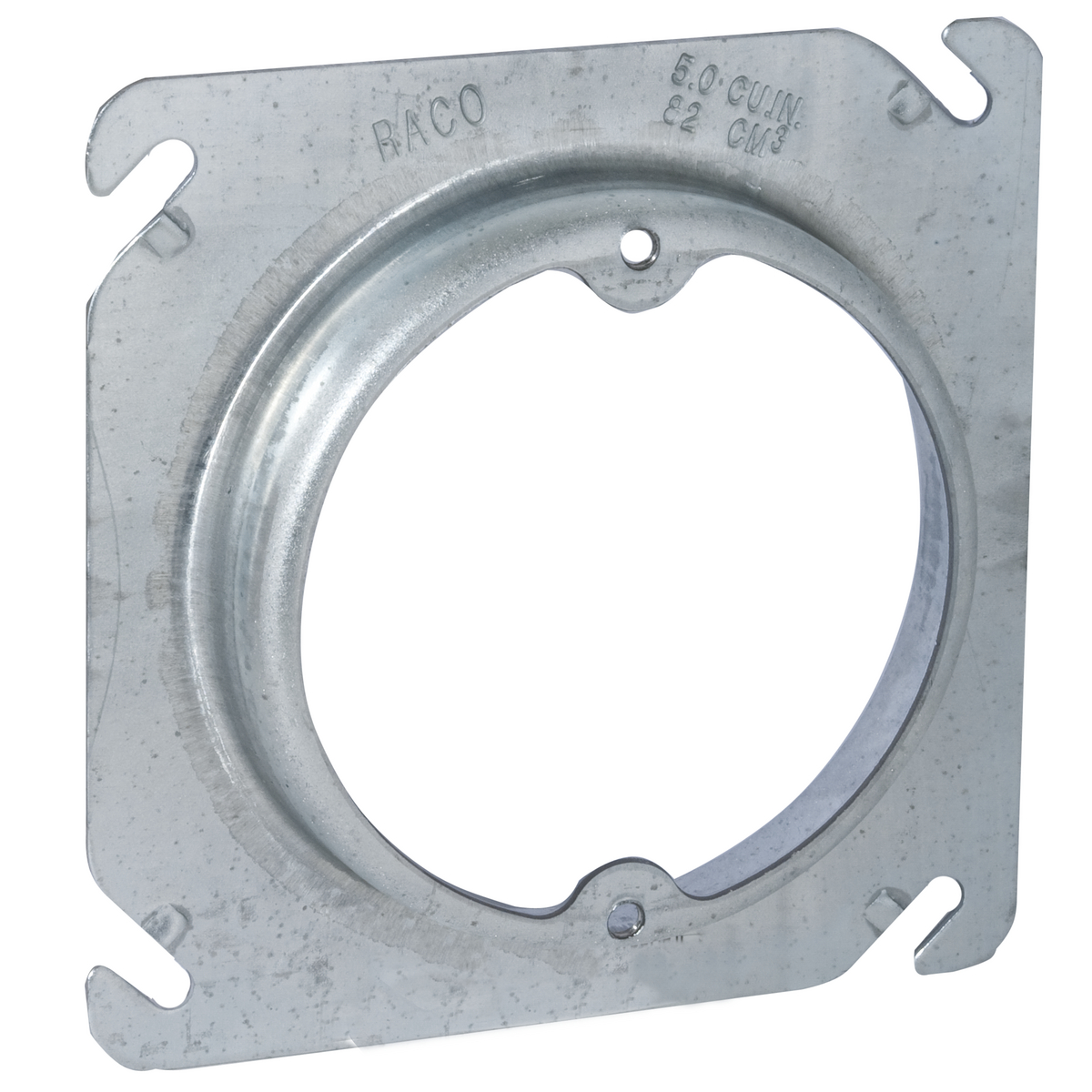


Then, disconnect the other end of the plastic vent from the ducting that goes outside.Pull the vent off the outlet and vacuum away any lint you find inside the dryer.Next, use a screwdriver or nut driver to loosen the band clamp that secures the plastic vent to the exhaust outlet.(If it’s gas-fired, be sure to close the gas valve as well.) First, carefully pull the dryer away from the wall and disconnect the power cord.Step 1: Pull the dryer away from the wall We replaced an 8-foot-long plastic flex hose with a smooth-metal vent and shaved 10 minutes off the drying time of a full load of clothes. Its smooth interior creates very little air resistance, which makes the dryer more efficient, and discourages lint buildup.
#Plaster rings for around hood duct install
The solution is to install a rigid-metal vent pipe.
#Plaster rings for around hood duct manuals
For this reason, building codes prohibit using it, and owner’s manuals warn against it. In a gas dryer, a lint fire can melt the plastic ducting and start a house fire. More important, an accumulation of lint is a fire hazard. In addition, the interior traps lint, which also reduces airflow and, in extreme cases, overloads the motor and shortens the life of the dryer. As a result, it takes longer to dry clothes, wasting energy and money. The ribbed, corrugated surface inside the pipes acts like hundreds of tiny speed bumps, disrupting and slowing the airflow.

But the ducting isn’t the best choice: It doesn’t do a good job of exhausting hot air and, in some cases, it can be dangerous. Its spiraled-wire interior is extremely strong and flexible and, at 50 cents to $1 per foot, this hose-like product is inexpensive. The good news: The 4-inch white plastic or aluminum-foil exhaust ducting commonly used to connect a clothes dryer to an outside vent is easy to install.


 0 kommentar(er)
0 kommentar(er)
